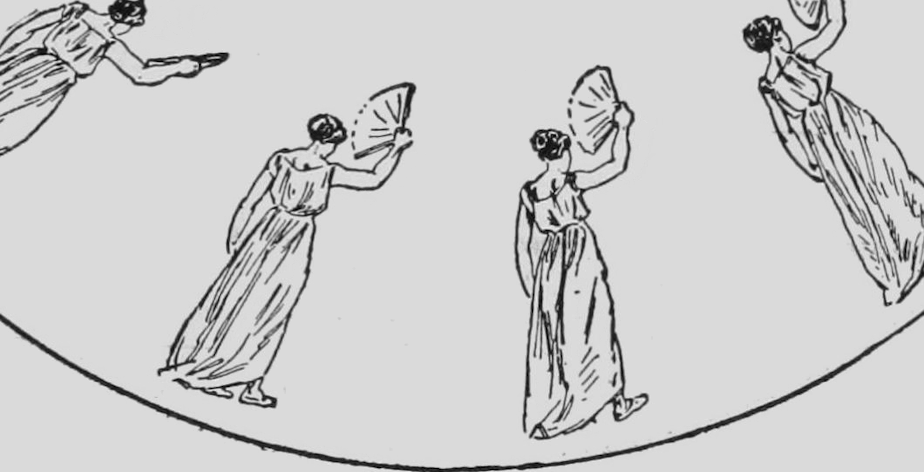Point your box fan inward and other tips for keeping cool

Last summer, the temperature reached 97 degrees in my toddler son’s bedroom.
We live in Seattle, where few homes have air conditioning, and we’re locals, so we were totally freaking out.
We wrapped his window in aluminum foil – our Midwestern neighbors next door were HOWLING – and, surprise! His room turned into a hot box. We heard we should point box fans outward, but that didn’t cool the room either.
Here's what ended up working for us. Now on the hottest days, my son’s room tops out at 79 degrees Fahrenheit on a sweltering afternoon. (Still hot, but 18 degrees cooler than before, without AC.)
CEILING FANS
Sponsored
Use them! A ceiling fan can reduce the heat in a room by roughly 4 degrees Fahrenheit.
Ceiling fans should rotate COUNTERCLOCKWISE in summer months. This will create a wind chill effect. Fan speed should be set to medium or high.
Turn the fan off when you’re not in the room. It does little good if you’re not there.
In 57 seconds, this guy explains it better than I do:
Sponsored
BOX FANS – FACING IN OR OUT?
TL;DR – If you have just one fan in a room, face it into your room.
I placed the box fan in my son’s doorway, facing out. A smarty-pants coworker swore by this method. Didn't work. The room stayed hot.
It turns out that driving hot air out of the room doesn’t do much good if you’re not pulling in cool air. The box fan is not designed to suck in cooler air – it's supposed to blow air OUT.
Take it from this engineer, who posted this comment on Quora:
Sponsored
In my experience, pointing them inward produced a noticeably cooler room after 10 minutes.
To push out hot air, your intake would have to be cold air (directly from outside, not from other rooms), plus you have to seal vents and door gaps so the tiny amount of air pressure created by the box fan would not be negated. Go with inward-pointing fans.
Kim Aaron, who has a PhD in fluid dynamics from Caltech, also wrote in favor of the box fan facing in:
If you sit in the breeze of the fan, you'll benefit from the cooling effect due to both evaporation of sweat and the increased heat transfer coefficient due to force air flowing past you.
We have since acquired a box fan with a timer. This allows us to keep a light breeze on our kiddo for the first hour of his sleep – the fan then turns off as nighttime temperatures settle in. Although blazing hot during the day, nighttime temps will drop to the mid-60s this weekend.
BLACK-OUT SHADES
Sponsored
My son’s room faces west, which means the afternoon sun bakes his room.
We bought black-out shades, also known as “thermal drapes.” A single shade cost $55, which felt steep, but we noticed the difference immediately – roughly 15 degrees cooler than with just regular curtains.
Keep the shade down during the day – it's harder to cool a room than to maintain its temperature.
KEEP YOUR BODY COOL
King County health officials recommend keeping yourself cool by putting cold packs on the groin and under the arms – they say these are the best spots to target to help lower your core temperature.
Sponsored
On hot nights last year, I rubbed a wet wash cloth on my son's ears and the soles of his feet. I did this to myself when I lived in a stuffy Manhattan apartment back in the day, and it was sweet relief.

